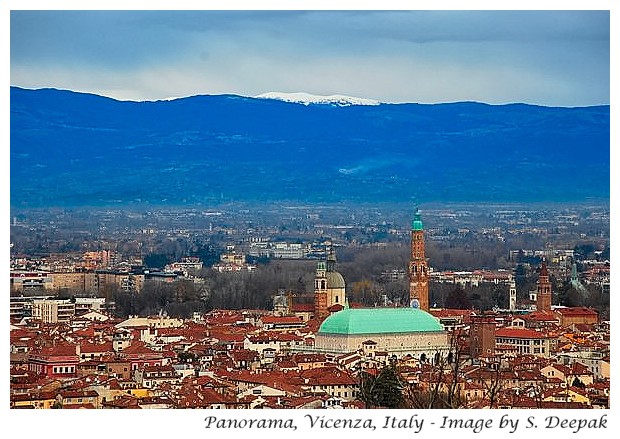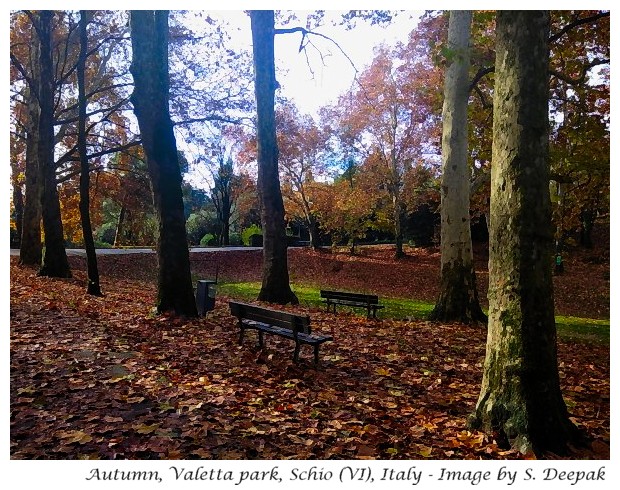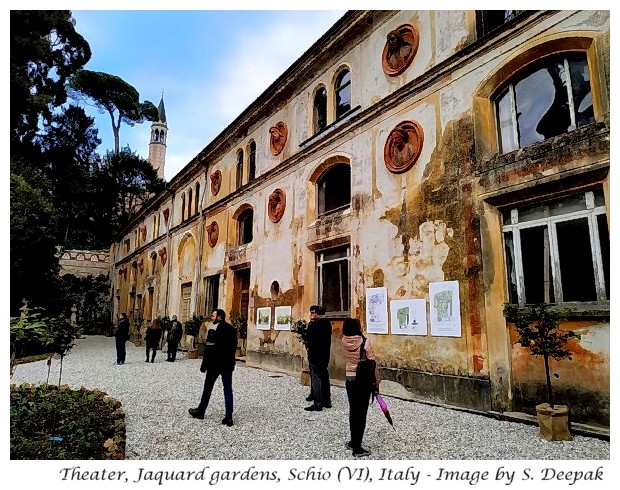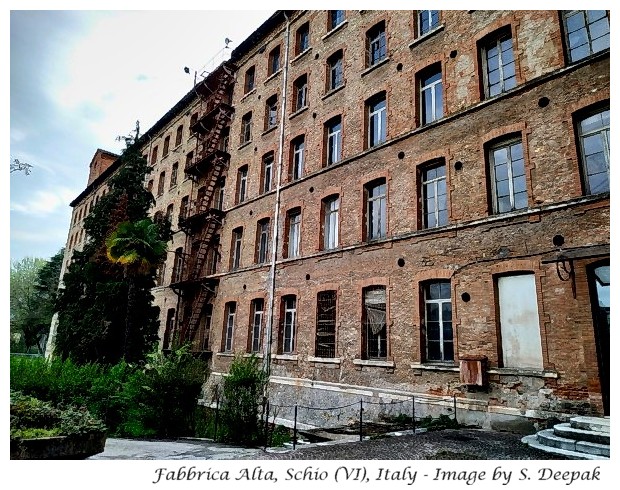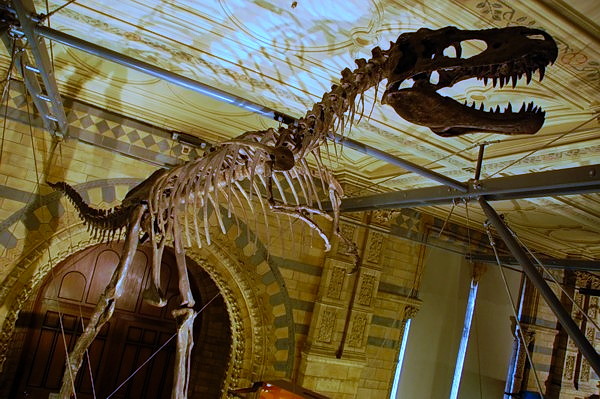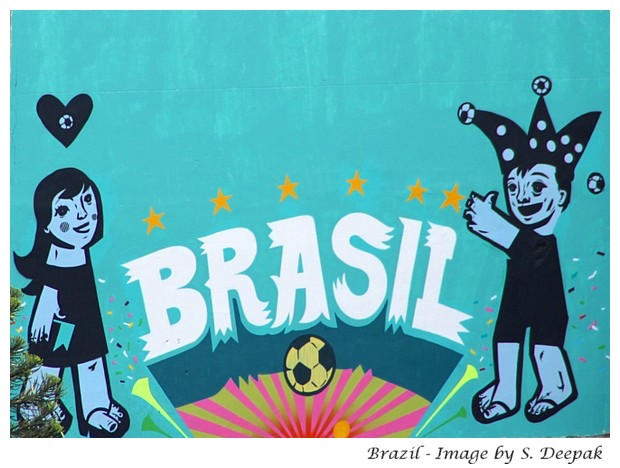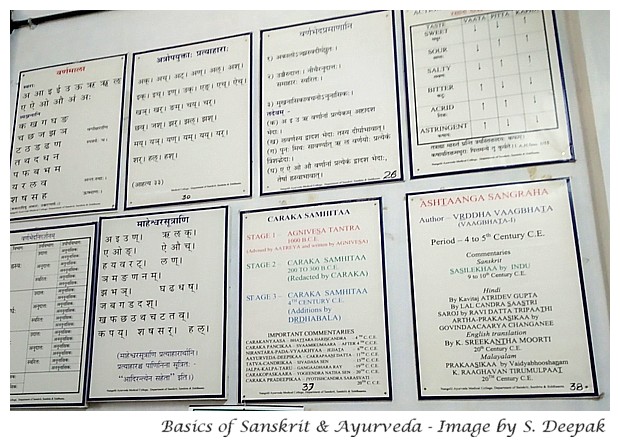Venice does not need an introduction. Many tourists visiting Venice have also heard of Verona. However, very few persons visiting Venice and Verona know of Padova and Vicenza.
This post is an introduction to Vicenza, which has a large number of buildings designed by Andrea Palladio, one of the most influential architects of recent history. For example, his little gem, Villa Rontonda (in the image above), has inspired many patrician houses around the world including the White House.
This post is also about unusual ways for discovering the city's magic, seen through my eyes of nostalgia and through the eyes of Chiara Pesavento, who is passionate about languages, history and culture of this city.
This post is also about unusual ways for discovering the city's magic, seen through my eyes of nostalgia and through the eyes of Chiara Pesavento, who is passionate about languages, history and culture of this city.
Vicenza of My Memories
I had come to Vicenza in 1979 and stayed for a period at the guesthouse of the Filippini Church along the city's central street called Corso Palladio. Listening from my room on the second floor to the concerts of organ music held in the church below, is one of my first memories of this city and of Italy. At that time I was not very familiar with the western classical music and I remember my shock when it had happened for the first time - I felt surrounded by the warm pulsating embrace of the music as it had filled my room, it was absolutely amazing. Probably the particular acoustics of that building had something to do with that experience."Ai Filippini" was a 2 minutes walk from the city's central square, Piazza dei Signori (Lords' Square), where I remember spending hours on the weakends, admiring the absolutely amazing Loggia del Capitanio and the imposing Basilica with its green domed roof. Both these buildings were the works of Andrea Palladio, though at that time I had no idea about who he was!
I loved sketching in those days and that had helped me to become familiar with different landmarks of the city including the incredible Olympic theatre, Chiericati Palace Museum, Montanari Palace and 2 wonderfully landscaped parks - Querini park and Salvi park. Another of my favourites memories is that of the climb to the Monte Berico church at the top of the hill overlooking the city. The image (above) presents one of my sketches of the Piazza dei Signori from those days.
When I look back, I feel that I was fortunate to have the introduction to the historical and cultural treasures of Italy through the unassuming and lesser-known Vicenza. Most tourists to Italy know of Rome, Florence, Pisa, Venice and Pompei. A few more discerning ones know about Bologna, Naples, Verona or 5 Terre. Relatively few think of visiting Padova or Vicenza. Knowing Italy through Vicenza has taught me about the joys of visiting smaller and relatively lesser known Italian towns to discover their hidden gems of history, art and culture.
Today, I live in Schio, a tiny town situated 20 km from Vicenza. Even Schio and many other smaller towns of the province of Vicenza, such as Thiene, Bassano del Grappa and Marostica, have so many historical, artistic and cultural sites to discover, that would be impossible to find in any other country! Anyway, enough about my memories of Vicenza - let me now give you a brief glimpse of the town through the eyes of Chiara Pesavento, who is more qualified to talk about it.
About Chiara Pesavento
Chiara Pesavento is a tourist guide in Vicenza, active in this role since 2006. Her decision to become a tourist guide can be traced to a visit to an art collection in Chiericati Palace Museum as a child, when she was struck by the description of a painting by the guide. "Suddenly that uninteresting piece of art acquired details and a depth of meaning" she explains, "and I knew that I wanted to be a tourist guide."
She also had a passion for learning languages (she speaks Spanish, French and English) and loves meeting persons from different countries. All these skills combined to create a person who is passionate about the history, art and culture of her town, and she loves to share these passions with people who come to visit Vicenza. For this post, I asked her to talk about some special thematic tours, which help in discovering lesser-known aspects of this city.
Unusual Vicenza
One of Chiara's favourite tours of Vicenza is called "The lost treasures". For this tour, she uses old city maps from '700 to visit and understand how the city has changed over the past centuries. It means going around to see buildings that are not there anymore and to hear about the history of what had happened and how the city had changed. This also helps in understanding the old toponomies of the town. For example, there were about 50 churches in Vicenza in late medieval period, out of which only 17 are still there today, while the remaining are lost. Many of these were lost during the occupation of the city by Napoleon Bonaparte. This tour lets you understand the impact of that occupation.Another tour of the city is through its art collections. The art collection at Chiericati palace museum, the collection of 18th century Venetian art at Montanari palace, the sacred-art collection at the Diocesan museum and the different art works in the city churches - if you love art, there is so much to see and discover in Vicenza. For example, the St. Corona church has the altar and a painting by one of the famous Venetian artists, Giovanni Bellini.
About 500 years ago, Antonio Pigafetta, a writer, navigator and geography expert from Vicenza, had completed an around-the-world trip. To celebrate this event, together with her colleagues, Chiara proposes the "Pigafetta tours of Vicenza", to discover the Gothic town of the 15th century. It was a period when the town was recovering from the plague epidemic, agricultural crisis and famines. The tour allows the visitors to look at the buildings from that era and to understand the life of those times.
Chiara feels that there are many aspects of the city linked with its artisans and production systems, which are equally valuable to visit and to know better. For example, Vicenza has long traditions of wool and silk production since 15th century. It is also known for it goldsmith artisans. Another example is that of specialised printing such as the Busato artistic printing press specialised in chalcography (bronze plate engraving for printing), lithography (printing with stone or metal plate) and xylography (wood-block printing). She feels that tours to visit and see these artisans at work can be another interesting way to discover and understand the city.
When travelling will become possible and you will plan a visit to Venice and surrounding cities, I suggest that you keep a few days to discover towns like Vicenza, Padova and Verona, and to visit the smaller provincial towns of Vicenza such as Schio, Bassano and Marostica.
If you want to contact Chiara Pesavento, you can check her website - Vicenza Tourist Guide.
Conclusions
With the Covid-19 epidemic, few persons are travelling around. However, hopefully soon this epidemic will be over and persons will start travelling and visiting other countries. Personally, I miss my travelling very much. However, not to be able to travel to far-away places has a positive side-effect - I can go back and rediscover my old favourite towns like Vicenza.
If you want to contact Chiara Pesavento, you can check her website - Vicenza Tourist Guide.
***





